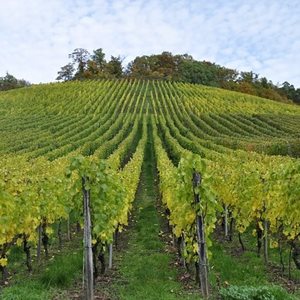Australian wine production faces difficult conditions
Date£º
2015-04-24 14:59 Source£º
www.foodmag.com.au Author:
Jasmine O'Donoghue Translator:
Difficult trading conditions have plagued the Wine Production industry over the past five years.

Volatile demand from key export markets, a soaring Australian dollar for much of the period and rising competition from low-cost overseas wine producers have all hurt wine exports, according to IBISWorld¡¯s updated report on the Wine Production in Australia.
In the domestic market, producers have been forced to contend with changing consumer preferences and have lost bargaining power to retailers.
According to IBISWorld industry analyst Brooke Tonkin, ¡°an oversupply of wine grapes has pushed prices downwards and squeezed margins.¡±
The booming popularity of ciders has helped to offset falling international demand for Australian wines, with savvy marketing driving substantial growth in demand for cider. Wine producers craft grapes and other inputs into a range of alcoholic beverages. Many producers, including the industry's largest players and smaller independent wineries, are vertically integrated and grow the grapes they use for wine production. Other producers purchase grapes under contract from individual growers. This structure has contributed to the chronic oversupply of wine in the market, as producers have continued converting all grape supplies into wine. Producers have belatedly tried to address the problem, by writing down assets, closing down wineries and destroying vines.
Industry revenue is forecast to decline by an annualised 2.6 percent over the five years through 2014-15, to reach $5.6 billion.
While the industry faces a long and painful process before the market returns to balance, conditions are expected to be less challenging in 2014-15.
¡°The anticipated depreciation of the Australian dollar will improve the competitiveness of exports, better positioning them in overseas markets,¡± says Tonkin.
Consequently, industry revenue is expected to rebound slightly in 2014-15, with 1.3 percent growth forecast. The industry should begin to show signs of recovery over the next five years. Industry operators are anticipated to shift production towards premium wines, while Asian export markets will play an increasingly important role in the industry's future. Vertically integrated winemakers are likely to work on producing single-vineyard wines and focus more on cellar-door and online sales. Over the five years through 2019-20, industry revenue is forecast to grow.
The four largest operators in the Wine Production industry collectively account for a moderate share of industry revenue. This represents a low level of market share concentration. Industry concentration was highest following the acquisition of Southcorp by Foster's Group (now Treasury Wine Estates) during the early 2000s. However, concentration in the industry has changed as major producers have purchased and then divested certain production facilities. Larger industry players are also expected to be the hardest hit due to the oversupply of grapes. Over the past five years, market share concentration has decreased as major players fall in size and cider makers and other alcoholic beverage makers enter the industry.